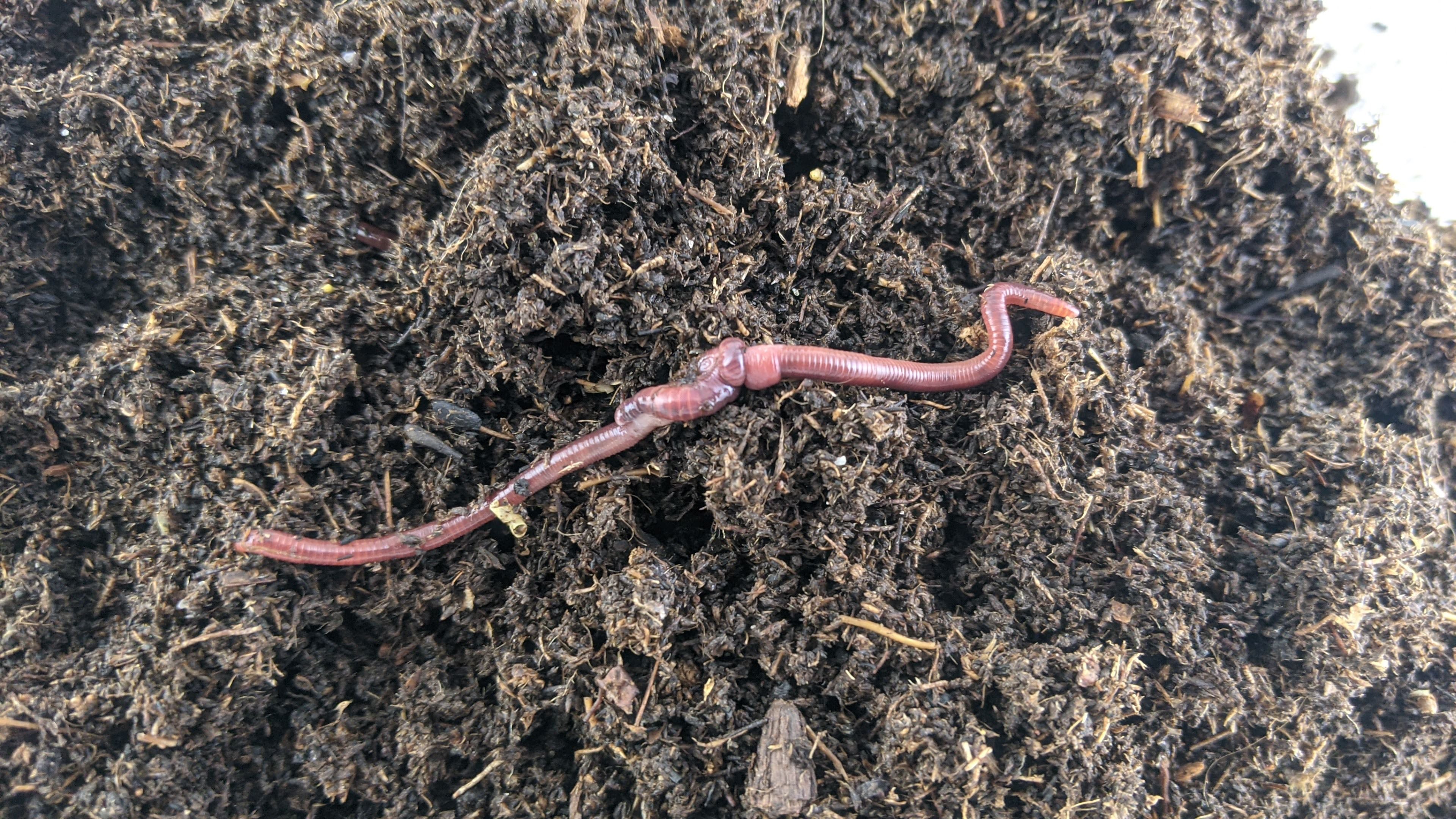Comprehending the Benefits of Red Wiggler Composting: Just How This Effective Approach Transforms Organic Waste Into Nutrient-Rich Dirt Amendments
Red Wiggler composting, using the species Eisenia fetida, presents a compelling technique to natural waste management, converting kitchen area scraps and lawn particles right into valuable soil amendments. This technique not just improves dirt fertility yet also addresses pressing environmental worries, consisting of garbage dump waste decrease and greenhouse gas discharges.
What Are Red Wigglers?
Red wigglers, medically called Eisenia fetida, are a types of earthworm that play an essential function in vermicomposting systems. These worms are defined by their reddish-brown color, segmented bodies, and an unique capability to prosper in organic-rich settings, making them excellent for composting applications - Red Wiggler Composting. Unlike their garden-dwelling equivalents, red wigglers favor to live in the top layers of dirt, where decomposing issue is bountiful
Normally determining in between 3 to 4 inches in size, red wigglers have a high reproductive rate, enabling them to multiply rapidly under optimal conditions. They possess an unique gastrointestinal system that allows them to refine organic waste efficiently, transforming it right into nutrient-rich castings, which are very helpful for plant growth.
Their tolerance to differing wetness levels and temperature level varies further boosts their utility in vermicomposting configurations, making them a favored selection among composting fanatics. Furthermore, red wigglers are aerobic microorganisms, which necessitates a well-aerated composting setting, making sure effective decay. Understanding the organic qualities and actions of red wigglers is necessary for optimizing their use in sustainable waste management practices.

Advantages of Vermicomposting
Harnessing the power of vermicomposting deals a multitude of environmental and farming benefits. First of all, it dramatically decreases natural waste in land fills, thereby decreasing methane emissions, a potent greenhouse gas. By diverting food scraps and yard waste to vermicomposting, we support an even more lasting waste monitoring system.
Additionally, vermicomposting enhances soil health and wellness. The spreadings generated by red wigglers are abundant in essential nutrients, microbes, and enzymes, improving soil framework and fertility. This nutrient-rich modification advertises durable plant development and raises water retention, reducing the need for chemical fertilizers.
Furthermore, vermicomposting fosters biodiversity in the soil environment. The intro of helpful microbes from worm spreadings aids in illness reductions and nutrient cycling, producing a healthier environment for plants.
Economically, vermicomposting reduces the costs connected with chemical inputs and garbage disposal. Garden enthusiasts and farmers can grow top notch fruit and vegetables at lower expenses, adding to food safety and sustainability.
Just How to Begin Composting
Starting a composting venture can be a rewarding and uncomplicated procedure. To begin, select an ideal area that is well-drained and gets partial sunlight. This will certainly assist keep a balanced temperature, vital for the composting process. Next, pick a compost bin or create a marked location in your garden, guaranteeing it is quickly accessible for including materials and collecting compost.
Collect natural materials such as cooking area scraps, yard waste, and shredded paper. Go for a well balanced mix of 'environment-friendly' materials, high in nitrogen (e.g., fruit scraps, coffee premises), and 'brownish' materials, abundant in carbon (e.g., dried fallen leaves, cardboard) A ratio of roughly 2:1 environment-friendly to brown products is ideal.
Begin layering your materials, making sure adequate air circulation by transforming the pile on a regular basis. This promotes cardiovascular decomposition, speeding up and lowering odors up the procedure. Screen moisture levels; the compost should seem like a moist sponge but not excessively damp.
Nutrient Profile of Vermicompost
Composting, specifically with red wigglers, yields a nutrient-rich product referred to as vermicompost. This natural amendment is differentiated by its high focus of important nutrients, making it a vital source for gardening and agriculture. Vermicompost normally has elevated levels of macronutrients such as nitrogen, potassium, and phosphorus, index which are crucial for plant development. In addition, it gives trace elements like magnesium, calcium, and iron, promoting robust plant advancement and boosting dirt wellness. Related Site
The microbial task existing in vermicompost better improves its profile, introducing useful germs and fungi that advertise vitamins and mineral availability and uptake in plants. This organic element help in reducing plant diseases and boosting dirt framework, causing enhanced water retention and oygenation.

Environmental Effect of Composting
The ecological effect of composting, particularly with using red wigglers, is diverse and extensive. This method considerably reduces the volume of natural waste sent to garbage dumps, which subsequently reduces greenhouse gas exhausts, particularly methane-- a powerful contributor to climate adjustment. By diverting organic materials from land fills, red wiggler composting not only helps mitigate environmental destruction yet also promotes lasting waste monitoring practices.

Moreover, composting contributes to carbon sequestration, as the procedure records carbon dioxide from the environment and stores it in the soil. This natural procedure help in combating environment modification while enhancing the soil - Red Wiggler Composting. Generally, red wiggler composting offers a sensible, eco-friendly remedy for waste monitoring and ecological sustainability, promoting healthier communities and a check these guys out more sustainable future
Final Thought
In conclusion, Red Wiggler composting offers as an effective approach for converting natural waste into beneficial soil modifications. The process not just boosts soil fertility and framework but likewise minimizes environmental concerns associated with waste disposal.
Red Wiggler composting, employing the types Eisenia fetida, presents a compelling strategy to organic waste monitoring, converting cooking area scraps and yard particles right into valuable soil changes. Unlike their garden-dwelling counterparts, red wigglers choose to inhabit the upper layers of dirt, where rotting matter is plentiful.
The castings created by red wigglers are abundant in vital nutrients, germs, and enzymes, improving soil framework and fertility. The nutrient-rich results of red wiggler activity enhance soil framework, increase water retention, and promote biodiversity within the dirt ecosystem.In conclusion, Red Wiggler composting serves as a reliable approach for converting organic waste into beneficial soil modifications.